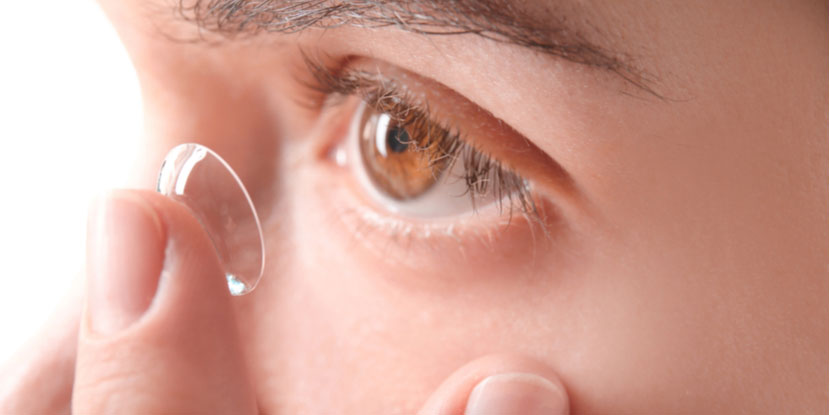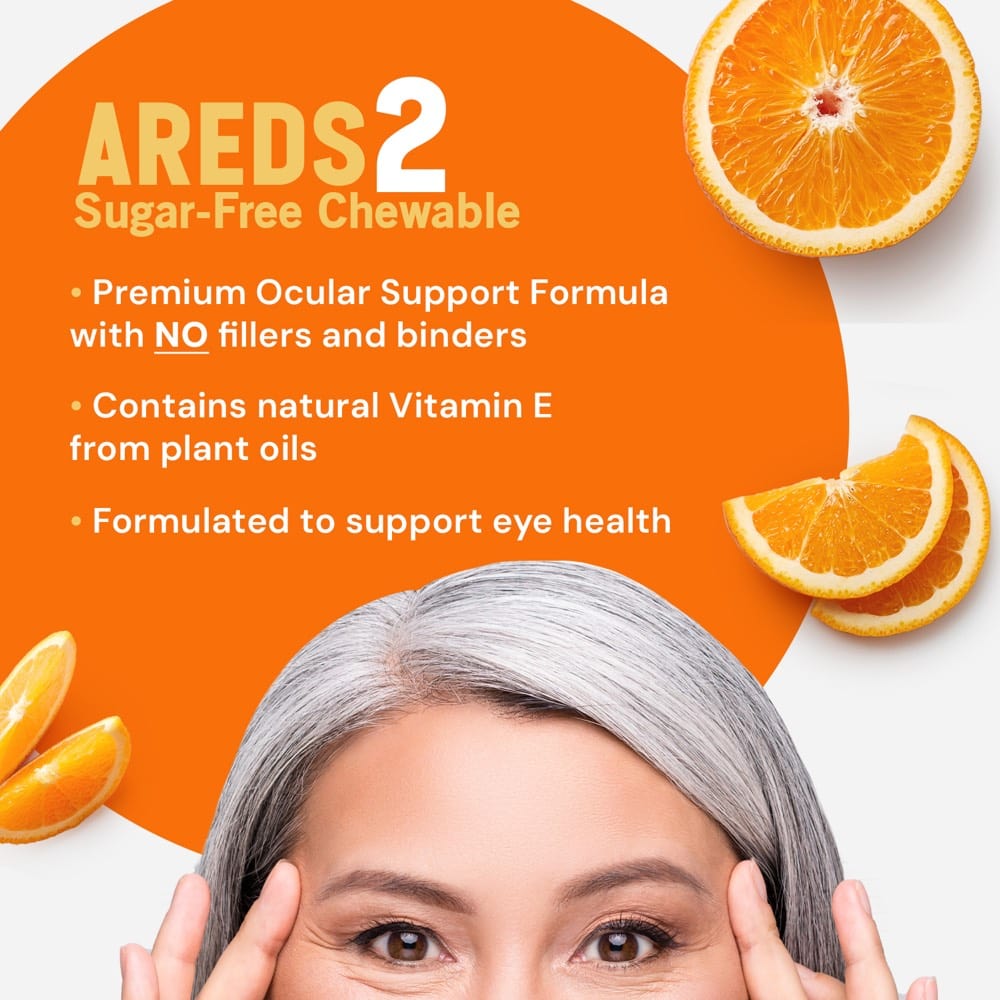35 million people in the US wear contact lenses. While some prefer contacts instead of glasses for cosmetic reasons, others choose them for functionality -- glasses may be a hindrance for some activities and occupations. Although contact lenses allow users to have clear, sharp vision without glasses, discomfort for those that wear them is common. Irritations with contact lens use are often fairly minor, with little risk to eye health or vision.
Some contact lens-related discomfort may indicate more serious eye health issues, such as corneal ulcers or eye infections. Contact lens discomfort that is severe or is accompanied by blurred vision, pain, discharge, excessive tearing, or feelings of grit in the eyes should be treated by an eye doctor immediately.
The sensation most often associated with minor contact lens discomfort is dryness. This symptom is usually most pronounced at the end of the day, after the individual has worn lenses for hours and exposed them to a variety of indoor and outdoor conditions. A 2002 clinical study found that eye irritation due to the dryness of contacts is the most widely given reason for people discontinuing the use of their lenses.
Damaged lenses: As with dirty contacts, if lenses become damaged and the wearer is unaware of the issue, discomfort and corneal abrasions may result. By regularly checking contact lens integrity, users can generally avoid this problem.
Badly-fitted contact lenses: Since eye shape varies from person to person, properly fitted contacts are essential for comfortable use. If contact lenses do not fit correctly, irritation can occur. This discomfort can be easily remedied by an eye health professional.
Corneal hypoxia: Contact lenses may decrease the amount of oxygen that gets to the cornea, leading to swelling known as corneal hypoxia. This condition may, in turn, lead to further discomfort if contacts remain in use. Hypoxia is most common with people who do not remove their contact lenses when they sleep.
Dry eye syndrome: A condition known as keratoconjunctivitis sicca (KCS) or dry eye syndrome (DES), in which tear glands do not create enough moisture, often explains contact lens irritation. These conditions can affect vision health even when contacts are not in.
Other health issues: Irritation due to allergies, conjunctivitis (commonly known as pink eye) or other forms of eye infection or inflammation may be exacerbated if contact lenses are worn.
Choose the right kind of contact lenses: In addition to selecting contacts that have been fitted properly, the appropriate type of lens is crucial to comfort. Some people cannot tolerate extended-wear lenses, which can be worn up to 30 days without removal in some cases. Daily-wear lenses, the variety that is taken out every night at bedtime, are often easier on the eyes. Many eye care professionals recommend that even extended-wear lenses be removed nightly for optimal eye health.
Eyedrops: While some eye drops may provide at least temporary relief of contact lens discomfort, others may actually lead to more irritation. Use only the eye drops specifically designed for the appropriate lenses, taking care to follow the exact instructions.
Eye treatment: Some people with persistent contact lens discomfort opt for a procedure known as punctual occlusion, which involves closing up the puncta, the small drainage openings on the inner section of the eyelids. Although surgery can make this procedure permanent, contact lens wearers generally undergo the relatively simple installation of silicone punctual plugs, which can be removed. This technique allows eyes to retain more moisture, ideally allowing for greater lens comfort.
Nutritional supplementation: Studies have shown that several nutrients, including omega-3 fatty acids such as docosahexaenoic acid (DHA) and eicosapentaenoic acid (EPA), can help with contact lens comfort by modulating tear gland irritation, promoting healthy tear production and optimizing tear film stability.
Some contact lens-related discomfort may indicate more serious eye health issues, such as corneal ulcers or eye infections. Contact lens discomfort that is severe or is accompanied by blurred vision, pain, discharge, excessive tearing, or feelings of grit in the eyes should be treated by an eye doctor immediately.
The sensation most often associated with minor contact lens discomfort is dryness. This symptom is usually most pronounced at the end of the day, after the individual has worn lenses for hours and exposed them to a variety of indoor and outdoor conditions. A 2002 clinical study found that eye irritation due to the dryness of contacts is the most widely given reason for people discontinuing the use of their lenses.
What Causes Contact Lens Discomfort?
Dirty lenses: Tiny debris or deposits that can accumulate on contacts may lead to eye irritation and even scratches on the cornea. If contact lenses are properly cleaned and stored, the likelihood of this problem is minimal.Damaged lenses: As with dirty contacts, if lenses become damaged and the wearer is unaware of the issue, discomfort and corneal abrasions may result. By regularly checking contact lens integrity, users can generally avoid this problem.
Badly-fitted contact lenses: Since eye shape varies from person to person, properly fitted contacts are essential for comfortable use. If contact lenses do not fit correctly, irritation can occur. This discomfort can be easily remedied by an eye health professional.
Corneal hypoxia: Contact lenses may decrease the amount of oxygen that gets to the cornea, leading to swelling known as corneal hypoxia. This condition may, in turn, lead to further discomfort if contacts remain in use. Hypoxia is most common with people who do not remove their contact lenses when they sleep.
Dry eye syndrome: A condition known as keratoconjunctivitis sicca (KCS) or dry eye syndrome (DES), in which tear glands do not create enough moisture, often explains contact lens irritation. These conditions can affect vision health even when contacts are not in.
Other health issues: Irritation due to allergies, conjunctivitis (commonly known as pink eye) or other forms of eye infection or inflammation may be exacerbated if contact lenses are worn.
Managing Contact Lens Discomfort
Proper cleaning and care: The correct maintenance and storage of contact lenses is key to having healthy and comfortable eyes. Cleaning instructions should be carefully followed to minimize the risk of irritation. Minor lens discomfort may simply indicate that contacts require more attentive and meticulous care.Choose the right kind of contact lenses: In addition to selecting contacts that have been fitted properly, the appropriate type of lens is crucial to comfort. Some people cannot tolerate extended-wear lenses, which can be worn up to 30 days without removal in some cases. Daily-wear lenses, the variety that is taken out every night at bedtime, are often easier on the eyes. Many eye care professionals recommend that even extended-wear lenses be removed nightly for optimal eye health.
Eyedrops: While some eye drops may provide at least temporary relief of contact lens discomfort, others may actually lead to more irritation. Use only the eye drops specifically designed for the appropriate lenses, taking care to follow the exact instructions.
Eye treatment: Some people with persistent contact lens discomfort opt for a procedure known as punctual occlusion, which involves closing up the puncta, the small drainage openings on the inner section of the eyelids. Although surgery can make this procedure permanent, contact lens wearers generally undergo the relatively simple installation of silicone punctual plugs, which can be removed. This technique allows eyes to retain more moisture, ideally allowing for greater lens comfort.
Nutritional supplementation: Studies have shown that several nutrients, including omega-3 fatty acids such as docosahexaenoic acid (DHA) and eicosapentaenoic acid (EPA), can help with contact lens comfort by modulating tear gland irritation, promoting healthy tear production and optimizing tear film stability.














